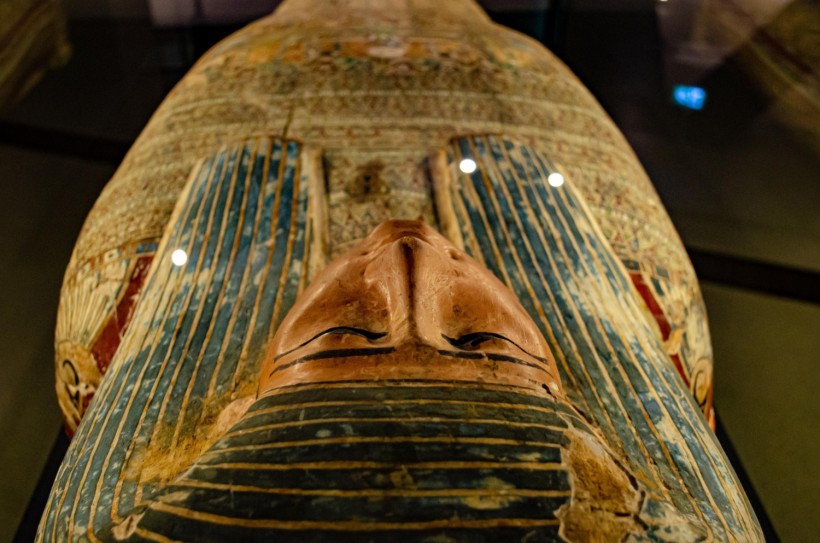Memorializing the deceased has been one of the hallmarks of civilization as it marks the beginning of society, per the Neptune Society. Memorial customs have changed over the years according to spiritual beliefs, cultural views, and other factors. That means what is practiced now has not always been that way.
Archaeology provides fascinating knowledge to modern humans about ancient burial rituals and how people in the past sent off their dead. In time for Halloween, here are the top 5 recent, spooky discoveries about death and burial practices based on archaeological findings, as Business Insider listed.

Archaeological Finds: Top 5 Recent Discoveries That Could Provide Fascinating Insights on Ancient Death Rituals
Ancient Pregnant Egyptian Mummy
In January 2022, Warsaw Mummy Project scientists reported in their study published in the Journal of Archaeological Science that the male Egyptian mummy they initially thought was a pregnant woman. Her body was well-preserved from the combined effects of decomposition and mummification that caused the fetus to be essentially "pickled."
The Egyptian mummy was found in the sarcophagus Hor-Djehuty, which experts believe was the place where an ancient Egyptian male priest lived between the 1st century BC and 1st AD. Hence, the reason for the initial mistaken identity.
READ ALSO: World's First Known Pregnant Mummy From 1st Century BCE Likely Had Cancer, Researchers Claim
A Vampire With a Sickle on Its Neck
In September, archaeologists revealed the site of a possible "vampire" burial in which the body found in Pién, Poland, was of a 17-century woman buried with a sickle around the neck and a padlock around her big toe.
Professor Dariusz Poliński from Nicolaus Copernicus University, who led the discovery, told MailOnline that the sickle was not laid flat but placed on the neck and that if she gets up, it will likely cut off or injure her head. In that way, they will prevent the rise of the dead, as at that time, legends of the undead and vampires have been circulating.
Inca Children Were Given Hallucinogens
According to a study published in April in the Journal of Archaeological Science: Reports, Inca children were likely given the hallucinogenic drug ayahuasca before their ritual sacrifice. Researchers of the study found traces of components used to make up ayahuasca in the bodies of two child mummies frozen in 1955.
The hallucinogen was likely used to keep children happy rather than for its mood-altering effect, study lead author Dagmara Socha told Business Insider.
Beheaded Romans With Their Heads Stuck Between Their Legs
Earlier this year, archaeologists reported 40 beheaded Romans found with their heads stuck between their legs. The skeletons were found among the 425 bodies buried in a Roman cemetery in Buckinghamshire, England.
Archaeologists said in a press release that the decapitated bodies likely belonged to outcasts or criminals. Although, beheading was also a "normal, albeit marginal, burial rite."
Skeleton With a Nail Through Its Ankle
A 2021 study reports an ancient skeleton found in Cambridgeshire, England, with a nail through its foot likely used during a crucifixion. Albion Archaeology stated that the man was likely between 25 to 35 years old with signs of poor dental health.
Physical evidence of crucifixion is rare, although the method is fairly common at that period. It is the fourth-known evidence of crucifixion worldwide and the best preserved.
RELATED ARTICLE: 40 Decapitated Skeletons Found in Ancient Cemetery Along With Artifact Prove Roman Settlement in the Area
Check out more news and information on Archaeology in Science Times.



![Earth's Quasi-Moon Kamo‘oalewa Could Originate From Lunar Surface Not Asteroid Belt [Study]](https://1721181113.rsc.cdn77.org/data/thumbs/full/53275/89/56/50/40/earths-quasi-moon-kamo-oalewa-could-originate-from-lunar-surface-not-asteroid-belt-study.png)










